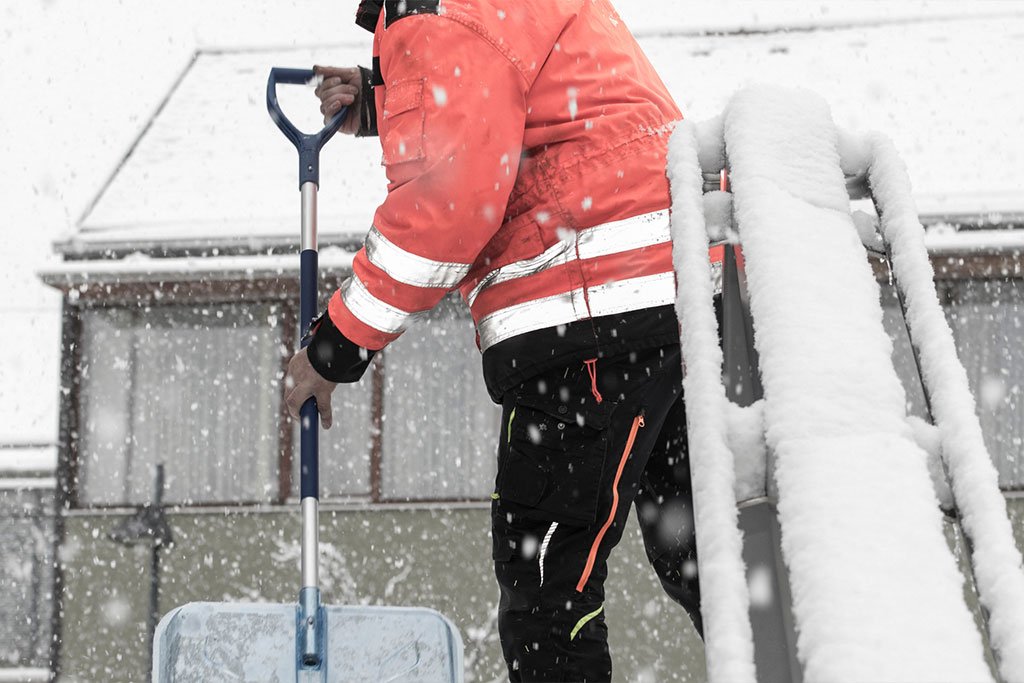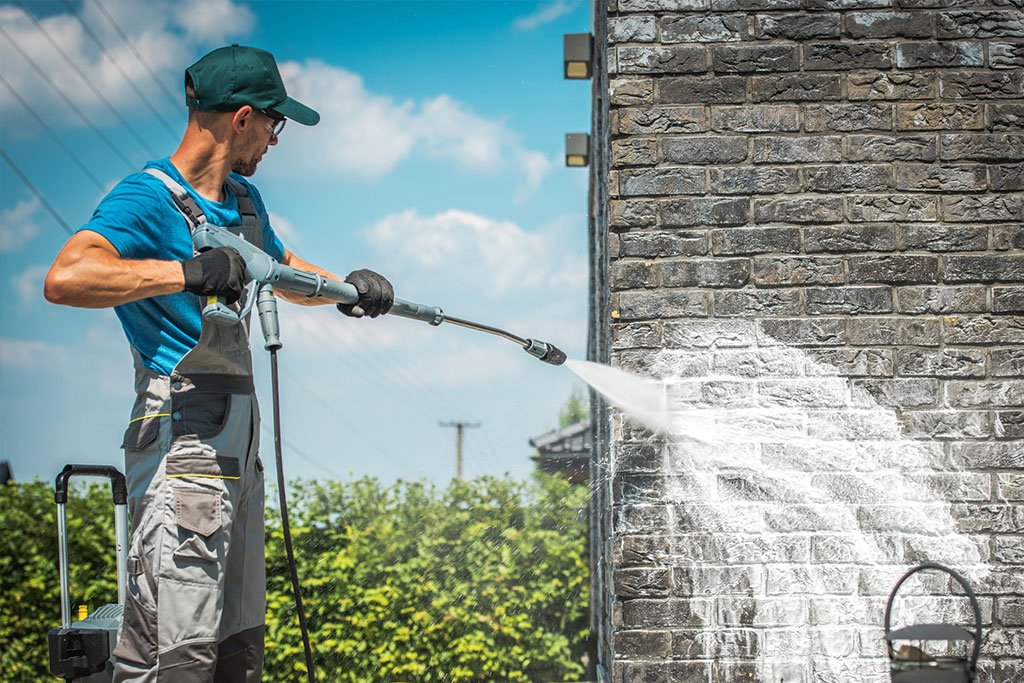Snow can wreak havoc on a commercial property, making it difficult to keep your business up and running. Not only does it create hazardous conditions for employees and customers, but it can also damage your property and equipment. That’s why it’s essential to remove snow from your commercial property as quickly and efficiently as possible. In this article, we’ll provide you with ten tips for removing snow from your commercial property successfully.
1. Plan Ahead
The key to successful snow removal is planning ahead. Before the first snowflake falls, you should have a plan in place for how you’re going to remove snow from your commercial property. This includes determining which areas need to be cleared, what equipment you’ll need, and how you’ll dispose of the snow. You should also have a snow removal contract in place with a reliable and experienced contractor to ensure that you’re prepared for any snow event.
2. Clear Walkways and Entrances First
Clearing walkways and entrances should be your top priority when removing snow from your commercial property. These areas are the most frequently used and are crucial for maintaining a safe environment for your employees and customers. Make sure to shovel or plow these areas first, and use ice melt to prevent slippery conditions.
3. Use the Right Equipment
The right equipment is essential for successful snow removal. Depending on the size of your commercial property, you may need a snowblower, plow, or a combination of both. Make sure that your equipment is in good working condition and that you have an ample supply of fuel and spare parts on hand. You should also have a backup plan in case of equipment failure.
4. Clear Parking Lots
Clearing parking lots is an essential part of snow removal for commercial properties. Customers and employees need a safe place to park, and a cleared parking lot can prevent damage to vehicles. Use a plow to clear the parking lot, and make sure to pile the snow in an area that won’t block the view of drivers.
5. Don’t Forget About Drainage Areas
Drainage areas are often overlooked during snow removal, but they’re essential for preventing flooding and water damage to your property. Make sure that drainage areas are cleared of snow and ice to ensure that water can flow freely.
6. Use Ice Melt Sparingly
Ice melt can be a lifesaver during snow events, but it can also damage concrete and other surfaces. Use ice melt sparingly, and make sure to sweep up any excess to prevent damage. You should also choose an ice melt product that’s safe for the environment and won’t harm plants or animals.
7. Stay on Top of Snow Removal
Snow removal isn’t a one-time event. It’s an ongoing process that requires constant attention during the winter months. Make sure to stay on top of snow removal by monitoring weather forecasts, checking your equipment regularly, and scheduling regular snow removal services with a reliable contractor.
8. Hire a Professional Snow Removal Contractor
Snow removal can be a dangerous and time-consuming task, especially for commercial properties. Hiring a professional snow removal contractor can ensure that the job is done safely and efficiently. Look for a contractor with experience and a good reputation, and make sure to have a contract in place that outlines expectations and responsibilities.
9. Communicate with Employees and Customers
Communication is key during snow events. Make sure to keep your employees and customers informed of any closures or delays and provide them with information on where they can park or enter the building safely. You should also have a plan in place for notifying employees and customers in case of an emergency.
10. Be Prepared for Emergencies
Finally, it’s essential to be prepared for emergencies during snow events. This includes having a backup plan in case of equipment failure, ensuring that emergency exits are cleared of snow and ice, and having emergency supplies.





